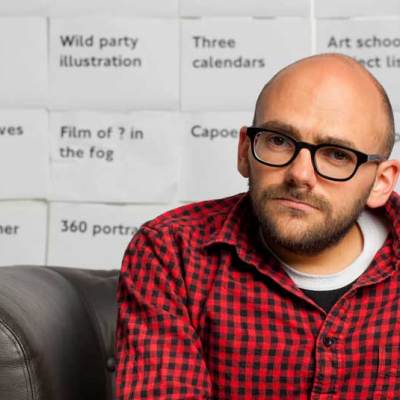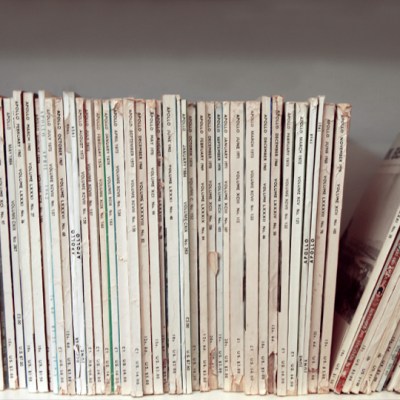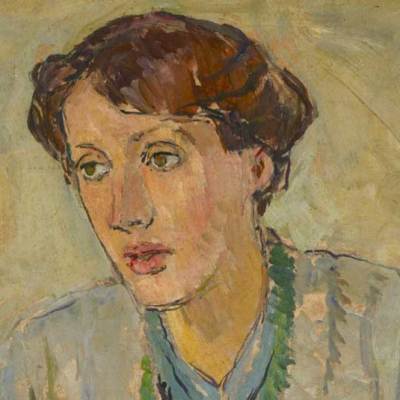The Musée Jacquemart-André is staging an exhibition of work by the Italian Renaissance artist Perugino. A highly successful painter in his day, Perugino counted Raphael among his pupils. This exhibition celebrates the work of the older master, while also drawing comparisons between his style and that of his famous successor. We spoke to the curator, Vittoria Garibaldi, to find out more.
Click here for a gallery of highlights from the exhibition
Can you tell us a bit about the exhibition?
This exhibition explores topical debates about the importance of Perugino’s work. He played a key role in the renewal of Italian art and, after Giotto, was the first to be recognised as the creator of an exemplary modern pictorial language.
What makes this a distinctive show?
The exhibition gathers works by the master from all over the world; extremely precious paintings that have never been shown together, like the panels of Liverpool and Polesden Lacey and the Saints Catherine (Urbino) and Maddalena (Alana Collection). We have also obtained fragments from Raphael’s altarpiece of San Nicola da Tolentino.
How did you come to curate this exhibition?
I have spent a number of years looking at Italian Renaissance paintings and I dedicated a large part of my studies and research to the Umbrian master, overseeing restoration work and, in particular, the exhibition in Perugia in 2004.
What is likely to be the highlight of the exhibition?
The direct comparison between the mature masterpieces of Perugino and those of the young Raphael in pieces like the Oddi Altarpiece (in the Vatican Museums), or in collaborative works whose exact attribution is disputed, such as the Fano altarpiece. It is at the centre of passionate debates about how active a role the Umbrian master took in the training of his student.
And what’s been the most exciting personal discovery for you?
Alberto Maria Sartore’s discovery of a document revealing the uncommon richness of the woodwork in the polyptych for the church of St Peter in Perugia, which almost goes against the serenity and harmonious compositions in the paintings.
What’s the greatest challenge you’ve faced in preparing this exhibition?
Succeeding in obtaining important loans from the Louvre, the National Gallery of Washington, the Uffizi, La Galleria Nazional dell’Umbria, and la Pinacoteca Comunale di Deruta to name just a few. I would like to take this opportunity to thank all of our colleagues and museum directors for being so generous.
How are you using the gallery space? What challenges will the hang/installation pose?
The museum spaces are beautiful and versatile. It is a pity that Perugino painted high altarpieces and large fresco cycles such as those in the Sistine Chapel and the Collegio del Cambio! But this has resulted in a more refined and precious selection of his artworks. The exceptional display of the Maddalena from the Galleria dell’Accademia in Florence, of Francesco delle Opere from the Uffizi, of the splendid diptychs of the Campione d’Italia, for example, will be all the more satisfying to the eyes and the hearts of the visitors.
Which other works would you have liked to have included?
The Sistine Chapel and the Collegio del Cambio! But that was obviously impossible!
‘Pietro Perugino: Master of Raphael’ is at the Musée Jacquemart-André from 12 September–19 January 2015.




